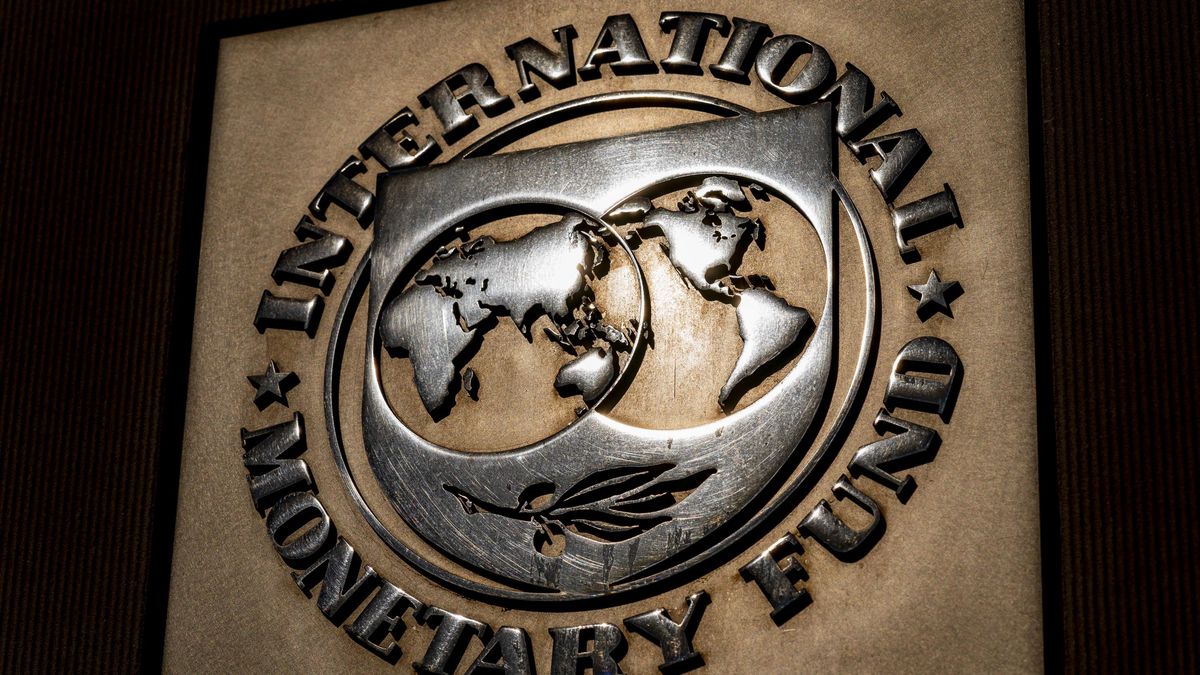He International Monetary Fund (IMF) issued the final report on the results of its 2023 annual evaluation to Uruguay, and one of the issues that stood out the most was the need to de-dollarize the economy to avoid the financial risks that this entails.
Uruguay has one of the highest levels of dollarization financial and the ratio of foreign currency deposits to total deposits among the economies of the Western Hemisphere, according to the IMF report; reason that leads to the subject —along with the high indebtedness— being one of the axes of its annual evaluation.
In this sense, the international organization points out that around 75% of total deposits in the banking system are in dollars, and predominantly in the hands of Uruguayan households —which account for 72% of these deposits in the private sector, with companies accounting for the remaining 28%. Besides, the price dollarization prevails in the economy, and the housing market and durable goods are mainly quoted in the US currency, reflecting the high degree of dollarization adopted in contexts of high inflation and large devaluations, but maintained in a stable manner for structural reasons.
The problem, according to the IMF, is that extended dollarization generates risks to financial stabilityespecially due to the high levels of public debt denominated in dollars —despite the fact that this is a point that the government is working to resolve, based on a debt management strategy in pesos—: thus, 50% of the debt of the central government is denominated in foreign currency, as is more than 75% of corporate debt.
The Uruguayan context is characterized by stable but high average inflation, with a Gross Domestic Product (GDP) high per capita in the region and minimal restrictions on its external financial account; but with a history of significant fluctuations in its exchange rate in relation to the dollar and low trade openness, it is necessary, from the IMF’s point of view, to work on policies aimed at de-dollarizing the economy.
How to address de-dollarization in Uruguay?
According to the Fund’s report, “raise the cost of holding dollar-denominated deposits in relation to local currency deposits for local banks is a strategy that the authorities have often followed to discourage the dollarization of deposits” and that has been successful in other countries in the region, such as Peru.
In contrast, Uruguay does not have a high level of reserve requirements for deposits in foreign currency, but rather has focused mainly on making savings in pesos more attractive through higher interest rate differentials between deposits in local currency and in dollars—a measure that is constrained by the inflation and monetary policy in the United StatesTherefore, volatility continues to be significant in the country.
Likewise, in the particular local case, the IMF points out that the exchange rate, financial development and commercial openness have the most significant contributions to dollarization. Therefore, “continued exchange rate flexibility would contribute to the de-dollarization strategy, since exchange rate appreciations are associated with lower levels of dollarization. In addition, the continuous improvement in financial development has helped to reduce financial dollarization. The analysis also highlights the sensitivity of dollarization levels to variations in trade openness.
The recommendations regarding specific policies
The results report of the IMF’s 2023 annual evaluation of the country also points to possible punctual policies in which to work to reduce dollarization. Mainly, the analysis considers that “a comprehensive de-dollarization strategy it must incorporate policy tools aimed at improving the monetary policy framework, reducing inflation in a sustained manner and adjusting prudential regulations”.
One of the alternatives mentioned is the increase of one percentage point in the legal reserve differential between deposits in local currency and in dollars, which could result in a reduction of approximately 0.8% in the share of deposits in foreign currency and 0.5% in the share of credit in US currency. In addition, the IMF highlights that there is evidence supporting a positive impact of the use of the short-term interest rate as a monetary policy instrument.
Lastly, the international organization emphasizes that “a comprehensive approach to de-dollarization requires coordination between short- and long-term policies,” so a de-dollarization plan “should encompass policies aimed at improving structural factors, maintaining the macroeconomic stability and improving economic conditions, such as sustained exchange rate flexibility, especially in periods of exchange rate appreciation.
Source: Ambito




